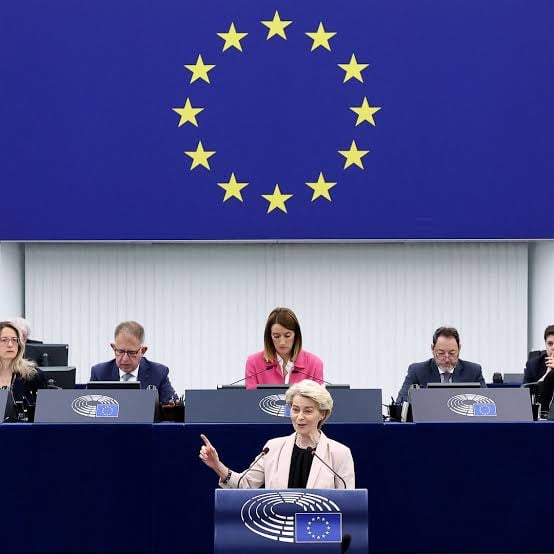Europe is Ready for a Trade War

Europe is gearing up to counter a major wave of tariffs from the United States, promising robust retaliation if necessary. With U.S. President Donald Trump poised to unveil sweeping tariffs on steel, aluminum, and cars on April 2—a day he's touted as "Liberation Day" for American industries—the EU stands ready with a potent response.
European Commission President Ursula von der Leyen made it clear Europe didn’t initiate this conflict but will strongly respond if pushed. While the EU remains open to dialogue, it possesses significant leverage, given its vast market, technology strengths, and regulatory power.
Indeed, Europe's previous response to U.S. steel and aluminum tariffs was decisive, placing tariffs on around €26 billion ($28 billion) of American exports, including boats, motorbikes, and bourbon.
The stakes in this trade standoff are substantial for both sides. Last year, the EU was America's largest export destination, surpassing Canada and Mexico, with the total trade volume between the two economic powerhouses reaching $1.5 trillion, directly supporting about one million U.S. jobs.
What Does This Mean for Me?
Trump’s trade offensive extends beyond Europe, targeting key Asian allies and neighbors. South Korea, which currently maintains average tariffs four times higher than the U.S., is among those facing reciprocal U.S. tariffs. China already saw additional 20% duties levied by Trump, responding swiftly with its own 15% tariffs on vital U.S. agricultural products like corn, wheat, and chicken. As tariff threats loom, global markets brace for what could be a turbulent period in international trade.
More News

India’s Inflation Dip Strengthens Case for RBI Easing

Europe Rallies as Shutdown Eases, Earnings Impress

Germany’s Trade Surplus Slides as Imports Outpace Exports

Markets Rally as US Moves Toward Ending Prolonged Shutdown

China’s Export Decline Highlights Strain in US Trade Relations
.webp)
Canada’s Budget Falls Short of Economic Breakthrough

OpenAI and Amazon Combine for AI Powerplay
